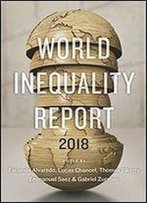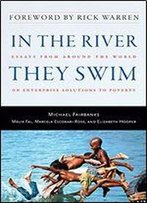
Climate Variability, Climate Change And Fisheries
by Michael H. Glantz /
1992 / English / PDF
12.2 MB Download
As we approach the end of the twentieth century, public and
scientific attention is focusing increasingly on the detection and
assessment of changes in our environment. This unique volume
addresses the potential implications of global warming for
fisheries and the societies which depend on them. Using a
'forecasting by analogy' approach, which draws upon experiences
from the recent past in coping with regional fluctuations in the
abundance or availability of living marine resources, it is shown
how we might be able to assess our ability to respond to the
consequences of future environmental changes induced by a potential
global warming. The book takes the form of a series of integrated
case studies from around the globe, which are presented by an
interdisciplinary group of leading researchers. This important and
thought-provoking volume will be of interest to a wide range of
scientists working in the fields of biology, marine and
environmental science, climatology, economics and anthropology, as
well as resource managers and policy makers concerned with the
health and future of living marine resources.
As we approach the end of the twentieth century, public and
scientific attention is focusing increasingly on the detection and
assessment of changes in our environment. This unique volume
addresses the potential implications of global warming for
fisheries and the societies which depend on them. Using a
'forecasting by analogy' approach, which draws upon experiences
from the recent past in coping with regional fluctuations in the
abundance or availability of living marine resources, it is shown
how we might be able to assess our ability to respond to the
consequences of future environmental changes induced by a potential
global warming. The book takes the form of a series of integrated
case studies from around the globe, which are presented by an
interdisciplinary group of leading researchers. This important and
thought-provoking volume will be of interest to a wide range of
scientists working in the fields of biology, marine and
environmental science, climatology, economics and anthropology, as
well as resource managers and policy makers concerned with the
health and future of living marine resources.










